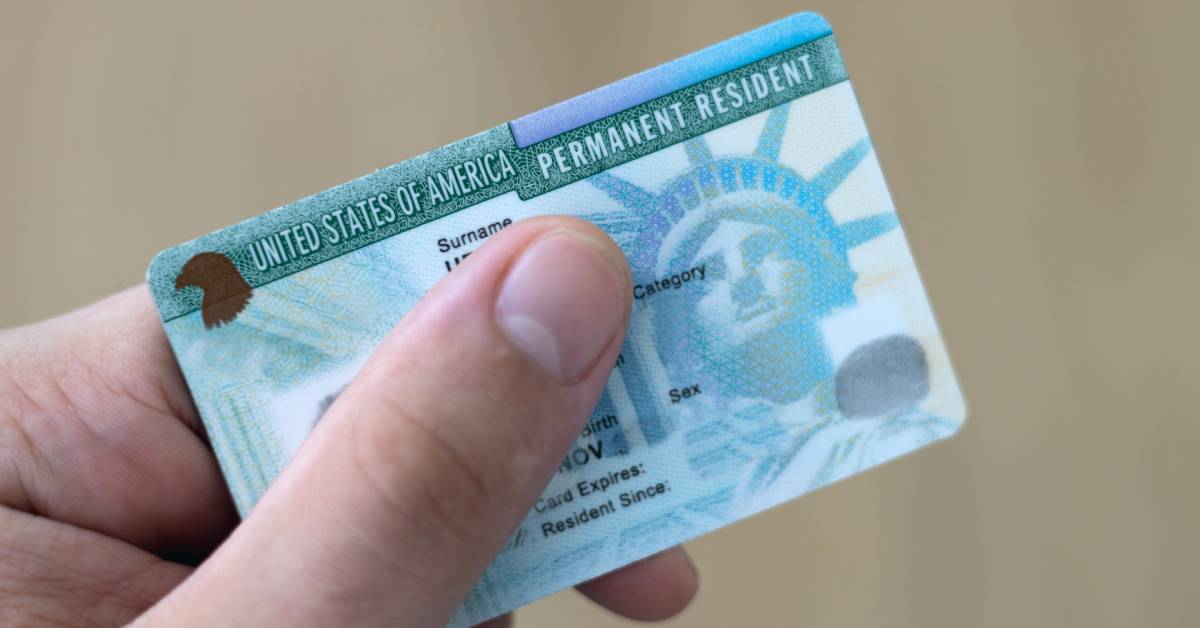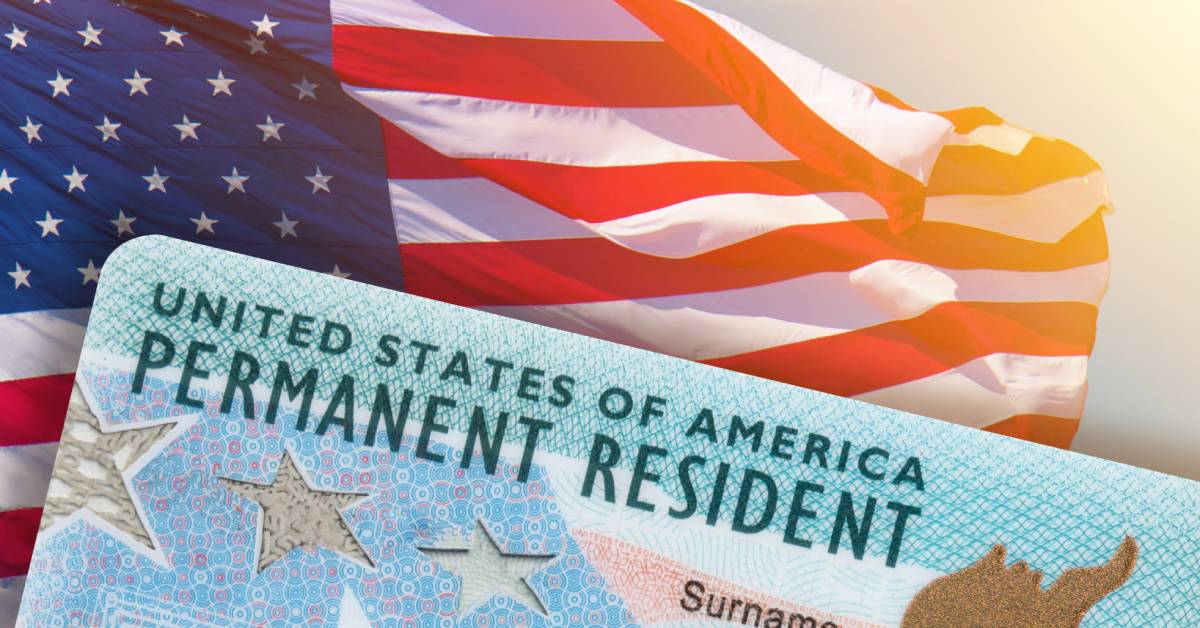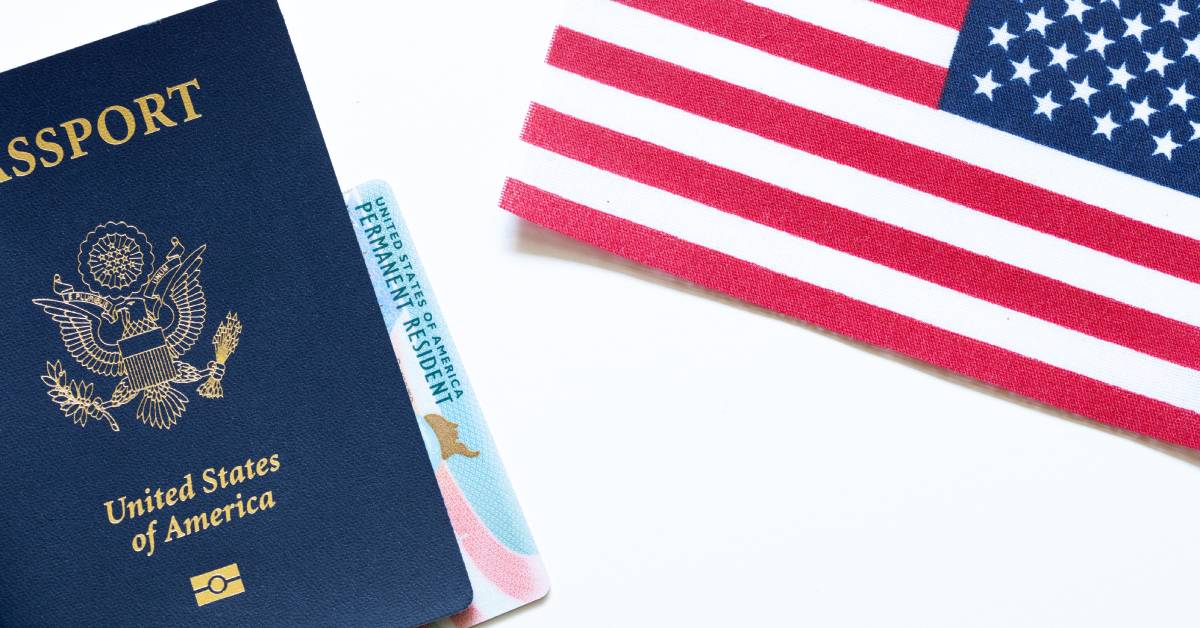
For many immigrants seeking to enter or remain in the United States, consular processing is a critical part of the immigration process. It’s an essential route for individuals who are outside the US and looking to obtain an immigrant visa. However, for those unfamiliar with the system, it can seem like an overwhelming maze of paperwork, interviews, and timelines. By understanding its intricacies, you can approach consular processing with confidence and clarity. This guide will help you understand the ins and outs of consular processing, as well as how to prepare for each step of the process.
What Is Consular Processing?
Consular processing is the method through which immigrants apply for an immigrant visa outside of the United States. This process involves working with a US consulate or embassy in your home country to finalize your visa application. It’s distinct from “adjustment of status,” which is the procedure for individuals already inside the US on a temporary visa who are adjusting to permanent residency.
For those intending to enter the US for work, family reunification, or other purposes requiring lawful permanent residency, consular processing is an indispensable avenue. It allows applicants to bypass the complexities of entering the US without proper documentation and aids in proving eligibility to government officials before arrival.
Eligibility and Requirements
To undergo consular processing, the first step is determining whether you’re eligible. Consular processing typically begins when a family member or employer files an immigrant petition on your behalf. For family-sponsored visas, a US citizen or lawful permanent resident relative must submit a petition, while for employment-based visas, an employer usually initiates the process. Diversity visa lottery winners may also pursue consular processing.
Once eligible, gathering the necessary documentation is key. You’ll need to provide proof of your relationship to the petitioner, such as a birth certificate or marriage certificate. You’ll also need to supply additional paperwork like your passport, police clearance certificates, and medical examination results. You may also need to present financial documents to ensure that you will not become a public charge after entering the US.
The requirements can vary depending on your visa category. Check the latest guidelines at your chosen consulate or embassy to make sure you’re submitting complete and accurate information.

A Step-By-Step Guide
The consular processing path typically follows a series of clearly defined steps, taking you from petition to visa approval.
Filing the Immigrant Petition
Filing the immigrant petition is the starting point. Whether it’s via Form I-130 for family-based petitions, Form I-140 for employment-based petitions, or another form specific to your visa category, this initial submission sets the process in motion. The US Citizenship and Immigration Services (USCIS) is responsible for approving your petition. Once approved, your case will shift to the National Visa Center (NVC).
NVC Documentation Review
The NVC reviews your documentation and notifies you when it’s time to submit further required documents, such as civil documents and an affidavit of support. Upon completion, the NVC forwards your case to the US consulate or embassy in your country.
Consular Interview
Once your application reaches the consulate, the next step is scheduling the consular interview. The consulate will provide instructions for booking your appointment, as well as information on the required medical examination before the interview date. During the interview, an official will ask about your background, the purpose of your move, and other relevant aspects to confirm your eligibility.
Application Approval
If all goes well during your interview and the consulate approves your application, you’ll have your passport stamped with your immigrant visa. You’ll also receive a sealed envelope of documents that you must present upon arrival in the United States. Opening this envelope before reaching US soil is strictly prohibited.
Common Challenges and How To Overcome Them
While consular processing is a defined pathway, hurdles are not uncommon. Applicants often face delays due to incomplete forms, missing documents, or inconsistencies in the information provided. These seemingly minor details can lead to significant delays, making accuracy and thoroughness critical.
Another frequent issue is the medical examination, which can uncover conditions that lead to inadmissibility. Being proactive about your health and addressing any issues before the examination can mitigate risks.
Language barriers and unfamiliarity with consular procedures can also create misunderstandings during the interview. To overcome this, practice answering common interview questions and consider seeking guidance from an immigration professional to better understand what to expect.

Timelines and Expectations
The processing time for consular applications can vary significantly depending on visa category, country of origin, and case complexity. On average, the process can take several months to over a year, from petition filing to visa issuance. Immediate relatives of US citizens typically experience shorter processing times, while preference categories with annual numerical limits may have lengthier waits due to backlogs.
Understanding these timelines sets realistic expectations. Regularly checking your case status at each stage ensures that you remain informed about updates or potential delays. Patience and preparedness are your best allies throughout this process.
Tips for a Successful Consular Interview
The consular interview is a pivotal moment in the consular processing timeline, and preparation is key. Before your interview, review your submitted documents carefully to ensure consistency in the answers you provide. Discrepancies between your documents and your responses can raise red flags.
Practice answering questions confidently and concisely. Questions often revolve around your relationship with the petitioner, your employment details, or your intentions in the US. Avoid memorizing answers verbatim, as this can make your responses sound rehearsed. Instead, focus on understanding the key points and answering naturally.
Dress professionally for your interview to convey respect for the process and the officials conducting it. Arrive early and maintain a calm, polite demeanor throughout the meeting.
Finally, keep all required documents organized and easily accessible during the interview to avoid fumbling or delays. A well-prepared applicant makes a good impression and ensures a smoother experience.
Preparing for Success
Understanding the ins and outs of consular processing can feel like a daunting task, but with the right knowledge and preparation, it becomes a manageable and rewarding endeavor. By understanding the steps involved, being thorough with your documentation, and preparing for the interview, you significantly increase your chances of success.
If you are undergoing consular processing and need expert assistance, Gahagan Law Firm can demystify the process. As a trusted FOIA litigation attorney and immigration lawyer in New Orleans, Mr. Gahagan will work closely and directly with you to achieve your goals. Contact us today to learn more.
